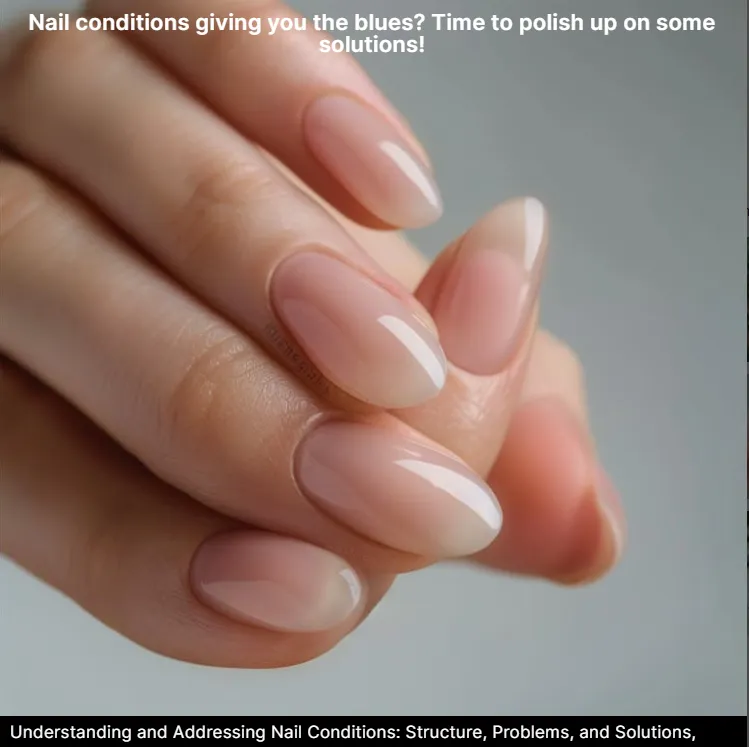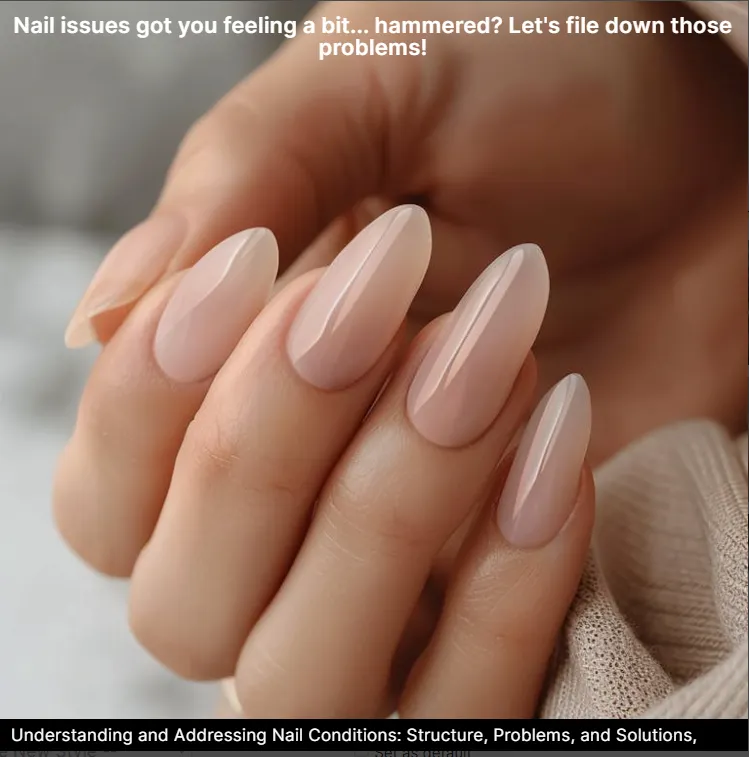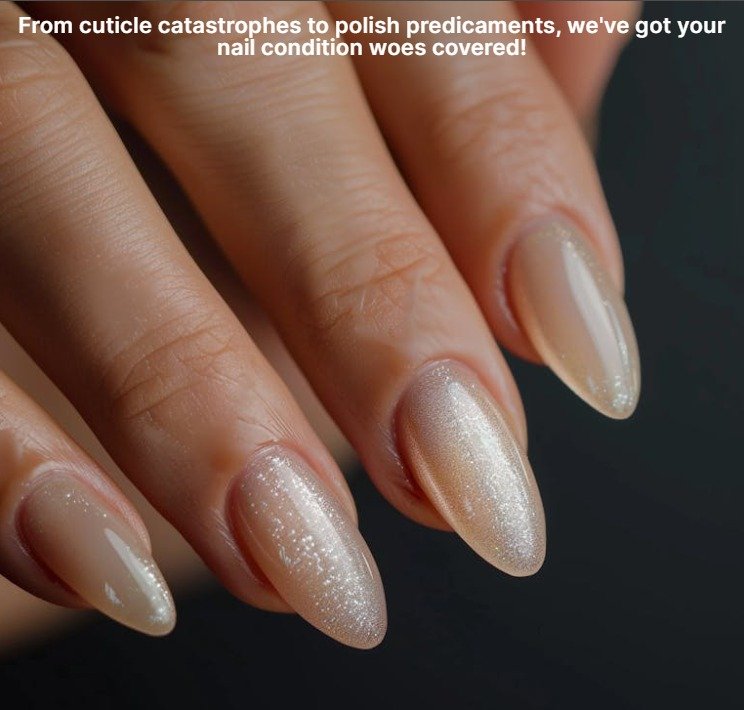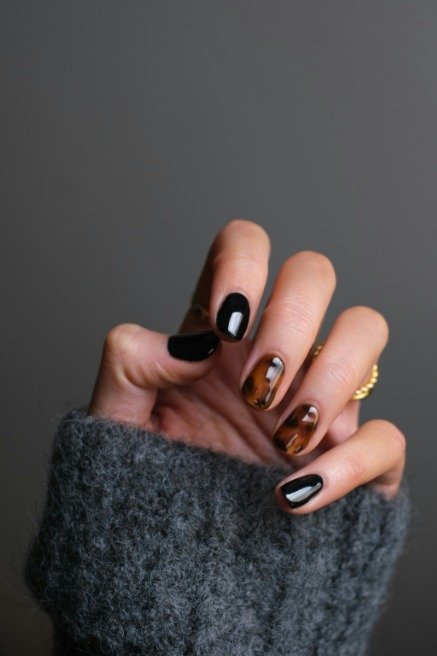Discover expert insights on Understanding and Addressing Nail Conditions. Learn about common problems and effective solutions today!
Understanding and Addressing Nail Conditions
Understanding and addressing nail conditions is crucial for maintaining healthy and strong nails. The structure of the nail, which consists of layers composed of protein called keratin, can be affected by various problems such as fungal infections, trauma, or underlying health issues.
Common solutions to these nail problems include proper hygiene practices, avoiding harsh chemicals, and seeking medical treatment if necessary.
It is important to be vigilant about changes in the appearance or texture of nails, as they can indicate underlying health issues that require attention. By taking proactive steps to care for our nails, we can prevent and address any potential issues that may arise in the future.
Learn about the structure of the nail and common nail conditions. Discover how medical conditions can affect the health and appearance of your nails.
Find out about congenital disorders of the nails and the changes that occur in nails as we age. Get tips for diagnosing and treating nail problems, as well as self-help strategies for maintaining healthy nails.
Seek help from healthcare professionals or nail technicians for personalized advice and treatment options.

1. Structure of the Nail
The nails are an important part of our body, serving various functions such as protection and sensation. Understanding the structure of the nail can help us identify and address any problems that may arise.
The nail is composed of several parts:
- Nail plate: This is the hard, visible part of the nail that extends beyond the fingertip or toe. It is made up of layers of keratin, a protein that provides strength and durability.
- Nail bed: This is the skin beneath the nail plate. It contains blood vessels and nerves that supply nutrients and sensation to the nail.
- Cuticle: The cuticle is a thin layer of skin that covers the base of the nail plate. It acts as a protective barrier, preventing bacteria and fungi from entering the nail bed.
- Lunula: The lunula is the pale, half-moon-shaped area at the base of the nail. It is the visible part of the nail matrix, which is responsible for nail growth.
2. Nail Conditions
There are various nail conditions that can affect the health and appearance of our nails. These conditions can be caused by a number of factors, including trauma, infection, and underlying medical conditions.
Some common nail conditions include:
- Brittle nails: Brittle nails are prone to splitting, peeling, and breaking. This condition can be caused by frequent exposure to water, harsh chemicals, or certain medical conditions.
- Ingrown toenails: Ingrown toenails occur when the edge of the nail grows into the surrounding skin, causing pain, redness, and swelling. This condition can be caused by improper nail trimming, tight shoes, or injury.
- Nail fungus: Nail fungus, also known as onychomycosis, is a common fungal infection that affects the nails. It can cause the nails to become thickened, discolored, and brittle.
- Psoriasis of the nails: Psoriasis is a chronic autoimmune condition that can affect the nails. It can cause pitting, ridges, and discoloration of the nails.
- Paronychia: Paronychia is an infection of the skin around the nails. It can cause redness, swelling, and pain. This condition is often caused by bacteria or fungi.
3. Other Diseases and Nails
In addition to the nail conditions mentioned above, there are several other medical conditions that can affect the health and appearance of our nails.
Some of these conditions include:
- Anemia: Anemia is a condition characterized by a deficiency of red blood cells or hemoglobin in the blood. It can cause the nails to become pale or spoon-shaped.
- Thyroid disorders: Thyroid disorders, such as hypothyroidism and hyperthyroidism, can affect the nails. They can cause the nails to become brittle, ridged, or discolored.
- Liver disease: Liver disease can cause changes in the nails, such as the appearance of white lines or spots.
- Diabetes: Diabetes can affect the blood supply to the nails, leading to changes in their appearance and an increased risk of infection.

4. Congenital Disorders of Nails
Congenital disorders of the nails are conditions that are present at birth and affect the development and growth of the nails.
Some examples of congenital nail disorders include:
- Nail-patella syndrome: Nail-patella syndrome is a rare genetic disorder that affects the nails, knees, elbows, and kidneys. It can cause the nails to be absent, small, or malformed.
- Onychauxis: Onychauxis is a condition characterized by thickening and overgrowth of the nails. It can be caused by genetic factors or underlying medical conditions.
- Ectodermal dysplasia: Ectodermal dysplasia is a group of genetic disorders that affect the development of the skin, hair, nails, teeth, and sweat glands. It can cause the nails to be thin, brittle, or absent.
5. Older Age and Nails
As we age, our nails may undergo changes in their appearance and texture. These changes are a normal part of the aging process and can be influenced by various factors, including hormonal changes and decreased blood flow.
Some common nail changes associated with older age include:
- Thickening of the nails: The nails may become thicker and more brittle as we age. This can make them more prone to splitting and breaking.
- Yellowing of the nails: The nails may develop a yellowish tint as a result of repeated exposure to nail polish or underlying medical conditions.
- Slower nail growth: The rate of nail growth may slow down with age, leading to longer gaps between nail trims.
- Ridges and lines: Vertical ridges and lines may appear on the nails as we age. These are usually harmless and do not require treatment.
6. Diagnosis and Treatment of Nail Problems
If you are experiencing any problems with your nails, it is important to seek medical advice for an accurate diagnosis and appropriate treatment.
Your healthcare provider may perform a physical examination of your nails and ask about your medical history and any symptoms you may be experiencing. They may also order additional tests, such as a nail culture or a biopsy, to help determine the underlying cause of your nail problems.
Treatment for nail problems will depend on the specific condition and its severity. Some common treatment options include:
- Topical medications: Topical antifungal or antibacterial medications may be prescribed to treat nail infections.
- Oral medications: Oral antifungal medications may be prescribed for more severe cases of nail fungus.
- Nail surgery: In some cases, surgical intervention may be required to treat ingrown toenails or other nail conditions.
- Moisturizers and nail strengtheners: Using moisturizers and nail strengtheners can help improve the health and appearance of the nails.

7. Self-Help Strategies for Healthy Nails
In addition to seeking medical advice and treatment, there are several self-help strategies that can help promote healthy nails:
- Practice good nail hygiene: Keep your nails clean and dry. Trim them regularly and avoid biting or picking at them.
- Protect your nails: Wear gloves when doing household chores or working with chemicals to protect your nails from damage.
- Avoid harsh nail products: Limit your use of nail polish removers and other harsh nail products, as they can dry out and weaken the nails.
- Maintain a balanced diet: Eating a nutritious diet rich in vitamins and minerals can help promote healthy nail growth.
- Stay hydrated: Drinking plenty of water can help keep your nails hydrated and prevent them from becoming brittle.
Where to Get Help
If you are experiencing any problems with your nails, it is recommended to seek help from a healthcare professional, such as a dermatologist or a podiatrist. They can provide an accurate diagnosis and appropriate treatment for your specific nail condition.
Additionally, you can also consult with a nail technician or a beauty professional for advice on nail
care and maintenance.
Conclusion
In conclusion, nail conditions can be complex and varied, affecting individuals in different ways. By understanding the structure of nails and common problems that can arise, we can better equip ourselves to address these issues effectively.
From fungal infections to brittle nails, there are solutions available to help improve the health and appearance of our nails.
It is important to seek professional advice if experiencing persistent or severe nail problems, as early intervention can prevent further complications.
Let’s take care of our nails with knowledge and proactive measures to ensure they remain healthy and strong for years to come.
[:]